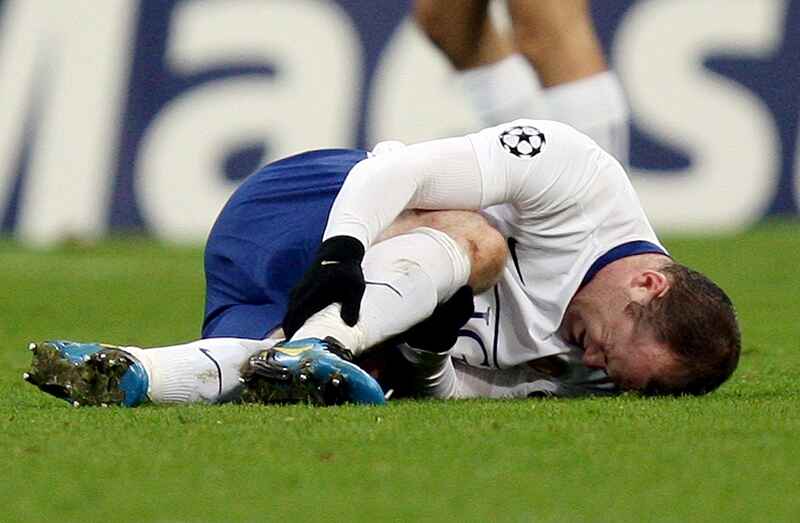Participating in sports is a great way to stay active and healthy, but it also comes with the risk of injuries, including fractures. Fractures in sports are common and can occur due to various factors such as collisions, falls, overuse, or improper techniques. Understanding sports-related injuries, their causes, and the recovery process is crucial for athletes, coaches, and healthcare professionals to ensure optimal care and a successful return to play. In this blog, we will explore fractures in sports, the types of sports-related injuries, and the key steps in the recovery process.
Don’t let sports-related injuries hinder your performance – contact Specialty Care Clinics at (469) 545-9983 and take the first step towards getting back in the game with confidence.
Types of Sports-related Fractures
Stress Fractures:
Stress fractures are tiny cracks in the bone that develop over time due to repetitive and high-impact activities. Athletes involved in running, jumping, or sports with repetitive motions, like gymnastics or dance, are at higher risk of stress fractures.
Traumatic Fractures:
Traumatic fractures occur due to sudden impact or force applied to the bone, resulting from collisions with other players, falls, or direct blows. These fractures can range from simple fractures with a clean break to complex fractures involving multiple bone fragments.
Growth Plate Fractures:
Children and adolescents have growth plates, and areas of cartilage near the ends of bones, which are more vulnerable to fractures. These injuries can affect bone growth and require careful management to prevent long-term complications.

The Recovery Process
Immediate Care:
When a fracture occurs during sports, immediate care is crucial. Athletes should stop playing and seek medical attention promptly. Applying ice and elevating the injured area can help reduce swelling and alleviate pain before professional evaluation.
Diagnosis and Treatment:
A healthcare professional will conduct a thorough examination and imaging tests, such as X-rays or MRI, to diagnose the type and severity of the fracture. The treatment plan depends on the fracture’s location, complexity, and the athlete’s age and activity level. Treatments may include immobilization with casts or braces, rest, physical therapy, and in some cases, surgery.
Rehabilitation:
Rehabilitation is a critical phase of the recovery process. Physical therapy helps athletes regain strength, flexibility, and function in the injured area. Rehabilitation programs are tailored to the individual’s needs, gradually progressing from gentle exercises to more challenging activities as the fracture heals.
Gradual Return to Play:
Athletes should not rush the return to sports after a fracture. A gradual and supervised return to play protocol is essential to ensure the bone has healed sufficiently, reducing the risk of re-injury. The athlete’s overall health, fitness level, and readiness to resume sports activities are considered during this phase.

Prevention Strategies
Preventing fractures in sports is essential for ensuring athletes’ well-being and performance. Coaches, athletes, and healthcare professionals can implement the following strategies:
Proper Warm-up and Cool-down: Adequate warm-up and cool-down routines help prepare the body for physical activity and reduce the risk of injuries.
Technique and Skill Training: Proper technique and skill training can minimize the risk of fractures caused by improper movements and impacts.
Strength and Conditioning: Incorporating strength and conditioning exercises into training programs helps improve bone density and overall athletic performance.
Rest and Recovery: Sufficient rest and recovery periods are crucial to prevent overuse injuries, including stress fractures.
Fractures in sports are not uncommon, but with proper understanding, prevention, and treatment, athletes can recover successfully and return to their favourite activities. Recognizing the different types of sports-related fractures, seeking immediate care, and following a comprehensive recovery plan is essential for athletes to resume sports safely and confidently. By prioritizing injury prevention and supporting proper rehabilitation, athletes can enjoy the benefits of sports while minimizing the risk of fractures and other injuries.
